In Arles in the south of France, an old church was transformed into an art hotel. Here, the guests of the small hotel Le Collatéral become protagonists of a piece of art.
The neighbours from the surrounding streets were quite astonished when the original 18th century church façade from the 18th century appeared under a concrete coat. Some of the concrete was left standing, and it is intended to continue to remind us of the different regulations that the building has had up to now – church, vaudeville and furniture shop, right up to its most recent chapter as an art hotel. Le Collatéral in Arles in the south of France is much more than a hotel with four rooms and the meditative silence of a sacred building. It is a work of art that can be experienced. A continuous performance. A triumph of spontaneous artistic expression.
Award winning art hotel
With its generous 800 square metres of floor space, Le Collatéral has more public than private rooms. The relationship between visitors and art is central everywhere. If you ask the host Philippe Schiepan what method he used to design the hotel, he answers:
No method. Only feeling.
Around ten years ago, the curator, architect and visionary, together with his wife Anne-Laurence Schiepan, bought the historic building on Place Joseph Patrat. Initially an insider tip among art lovers, this chambre d’hôtes is now one of the 15 best art hotels in the world.
People like to be inside a work of art and yet have the feeling that everything around you is very natural and cosy. That it’s easy to be inspired and to live,
says Schiepan, putting it in a nutshell.
The hotelier as director
Schiepan, who is responsible for the majority of the light installations in the hotel, uses a cinematic comparison to describe his vocation as a hotelier:
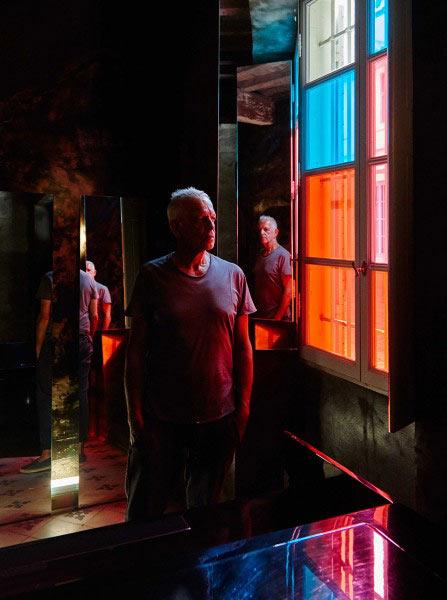
For me, the hotel is like a film. You have to write it, think up a film set and scenes. When the craftsmen are at work, that is the film shoot. And the guests are the audience.
As the director of his hotel he always manages to cast a spell over his guests.
Instead of focusing on the conservation of former grandeur, Schiepan transformed the structure into a hybrid space where in addition to accommodating guests, there is also room for exhibitions, workshops and artist-in-residence programmes. Most of the artworks in the Collatéral are commissioned works exhibited in front of exposed concrete and brick walls.
Art away from the galleries
Some of them are regional artists who have a close connection to the area, others come from everywhere. “Usually we bring the artists to the hotel ourselves,” Schiepan explains. “It’s a very natural approach, close to life. You meet people and you want to do something together. In other words, the relationship is at the forefront here.
We’re not a gallery, and we don’t want to be one.
There are already many galleries in the hip La Roquette district. The medieval town in Provence is increasingly becoming an art hotspot since the pharmaceutical heiress Maya Hoffmann invested in the multidisciplinary art park Luma Arles. But Arles has also been a place of inspiration in the past, attracting artists. Van Gogh’s famous colour palette was inspired by the special light in the city.
Above the rooftops of the city
The colours inside Le Collatéral are copied from the Camargue Natural Park – ochre, grey, blue and gold, which represent the reeds, salt, water and sand. The furniture in the salon seems like a room-filling, harmonious installation, but apart from its form it also has a clear function: guests meet here to reflect, chat, read and eat.
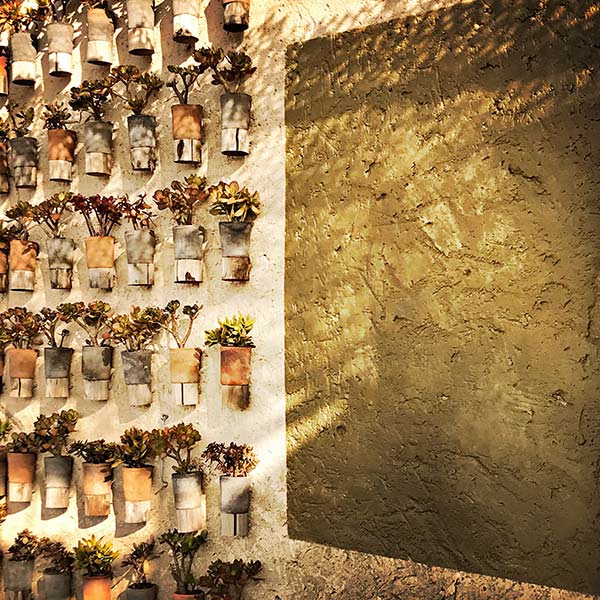
The breakfast basket with regional specialities is best served on the roof terrace. The view over the roofs of the medieval town closes the circle of architectural and artistic discoveries.

Text: Gertraud Gerst
Photos: Le Collatéral

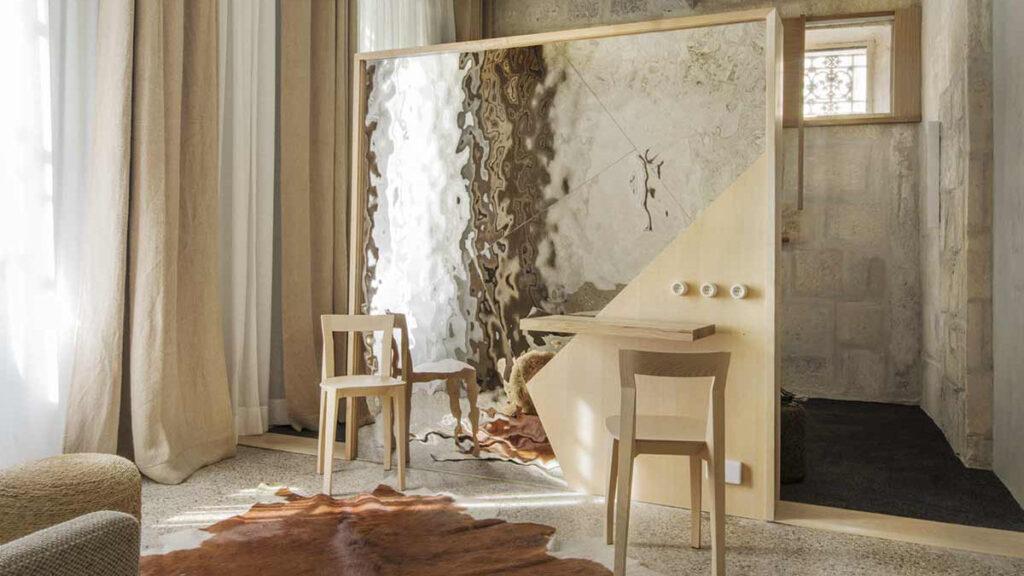
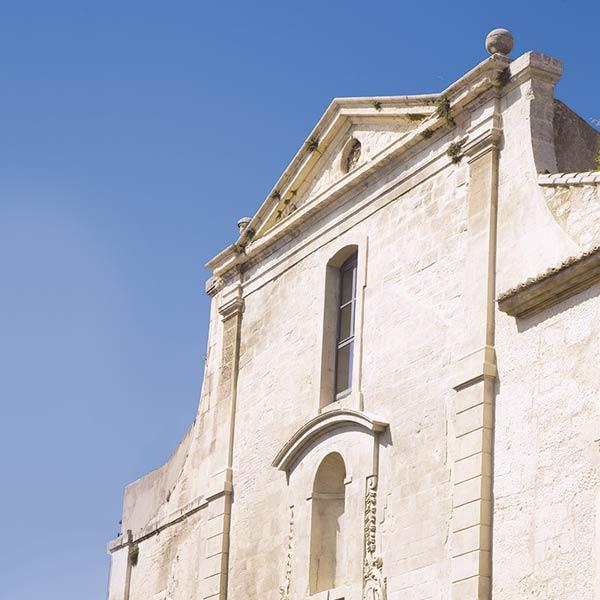
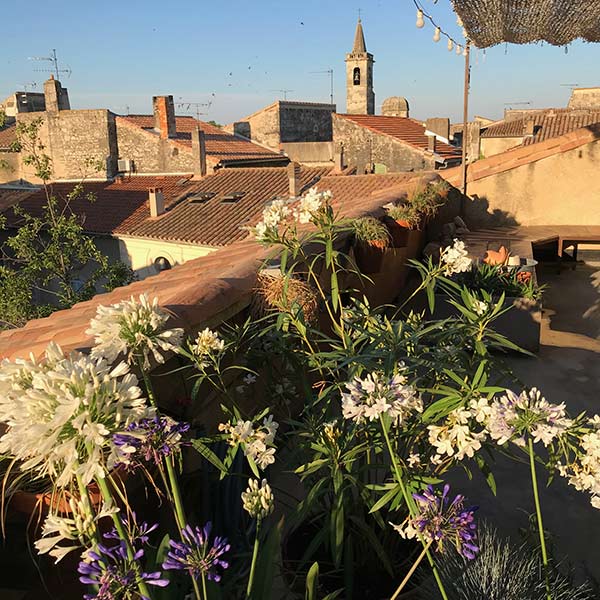

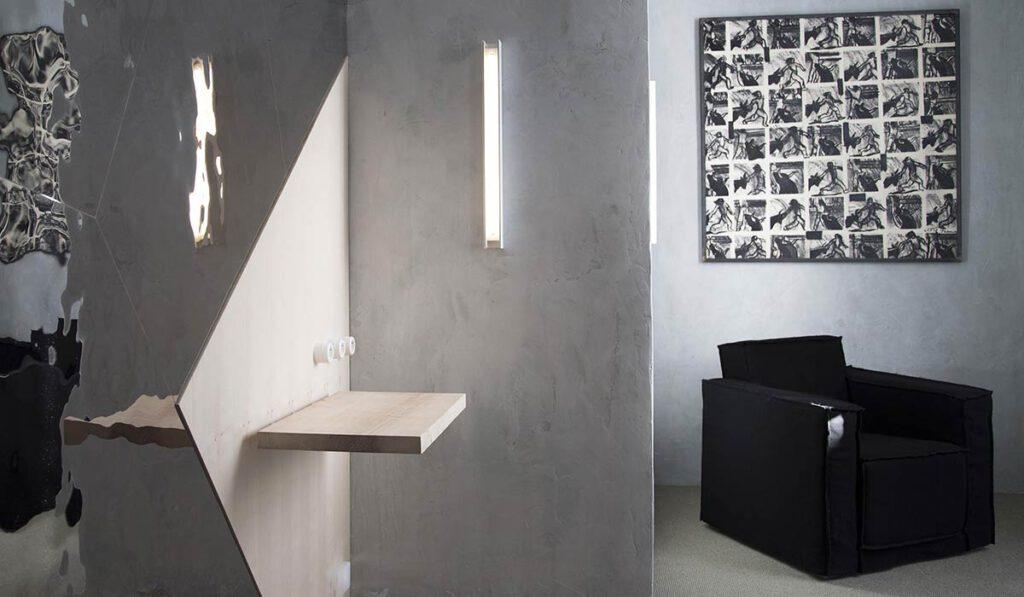

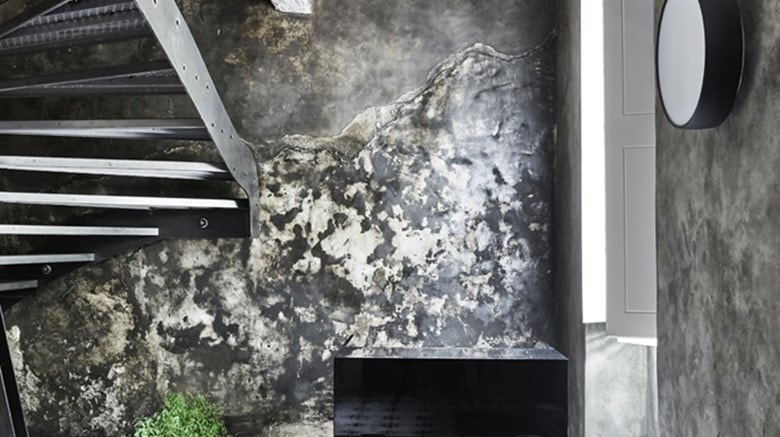
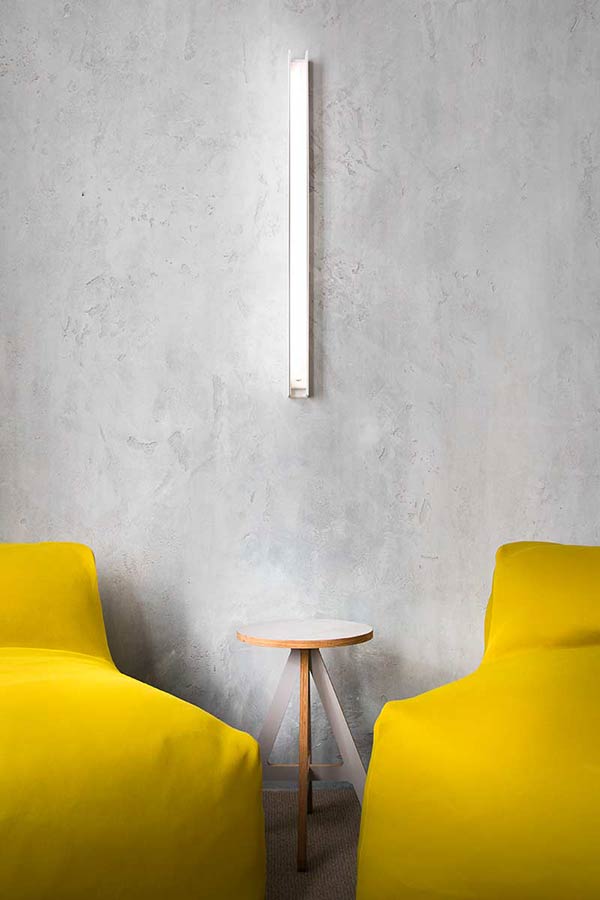
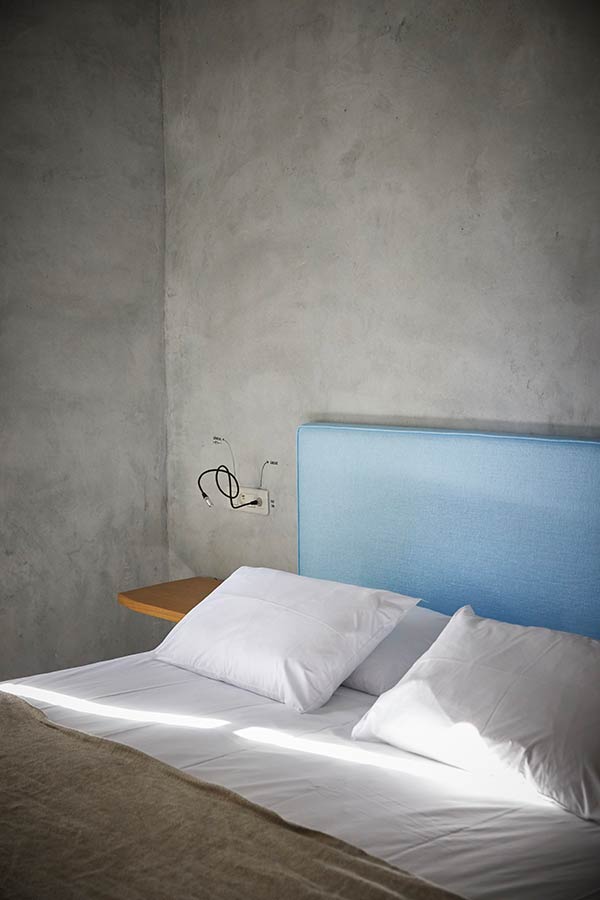
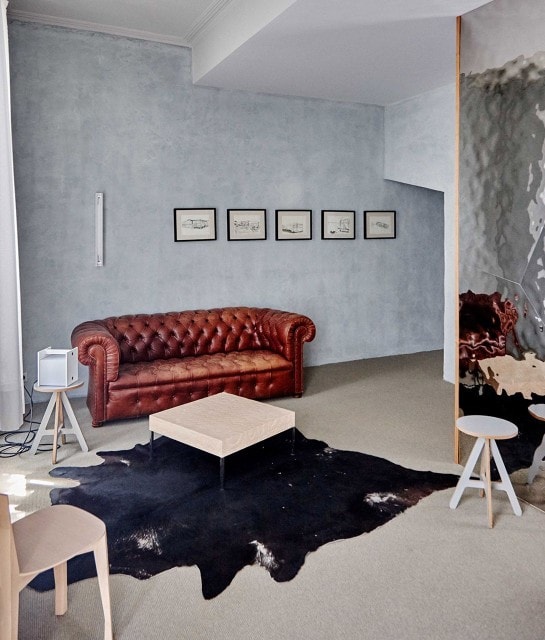
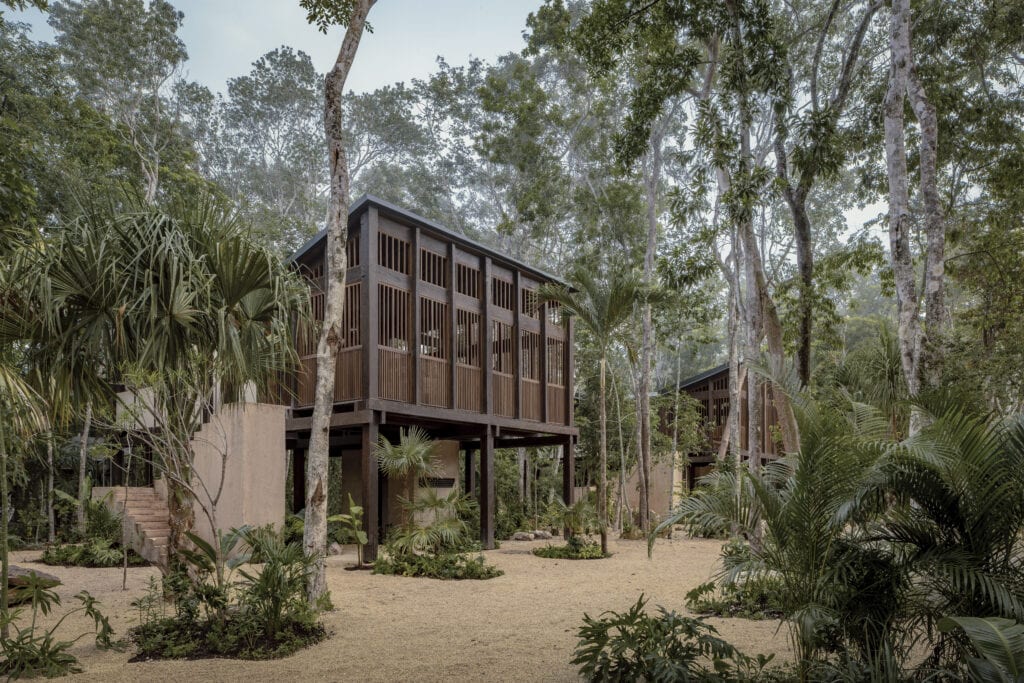
iThere are no comments
Add yours